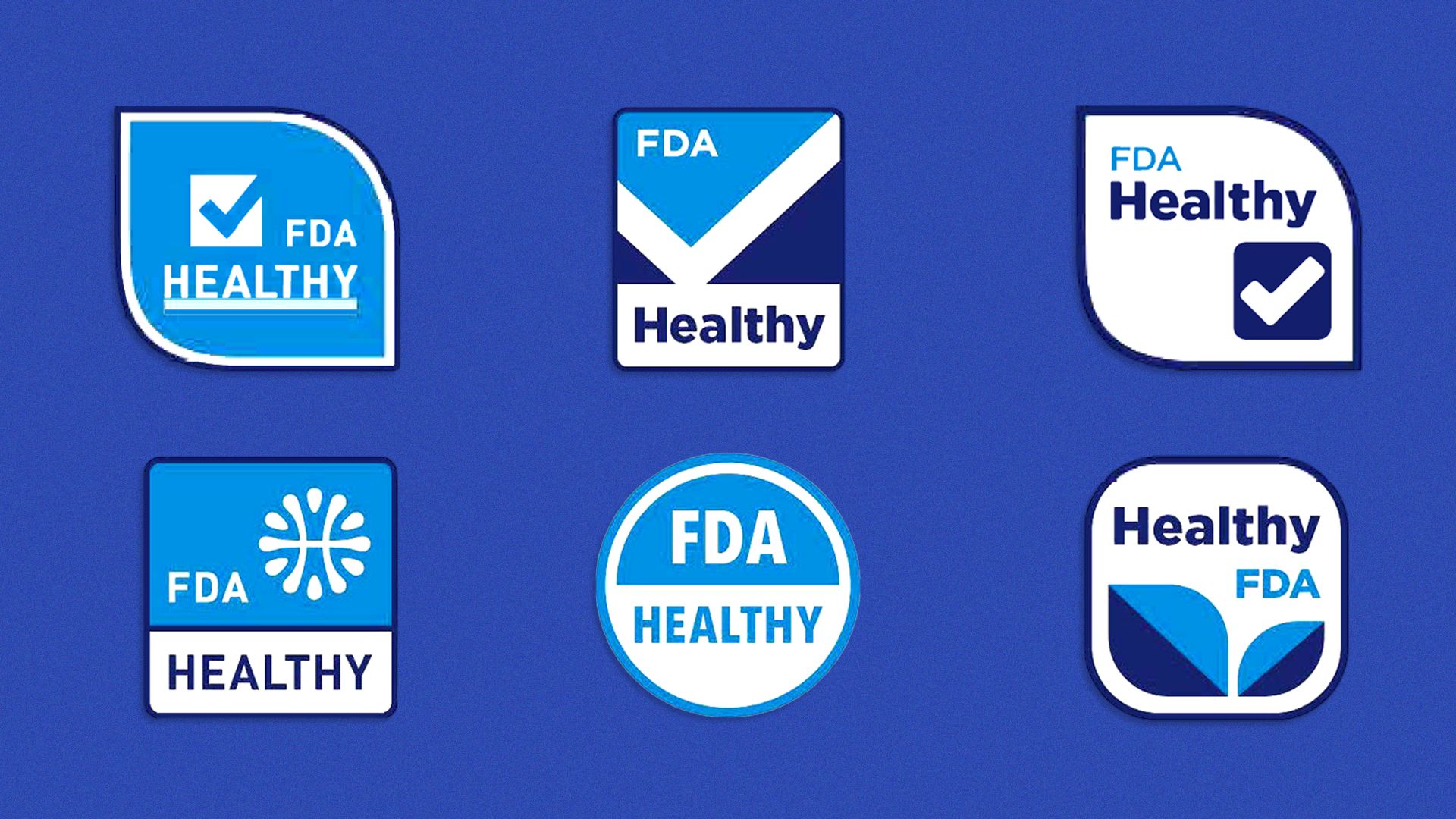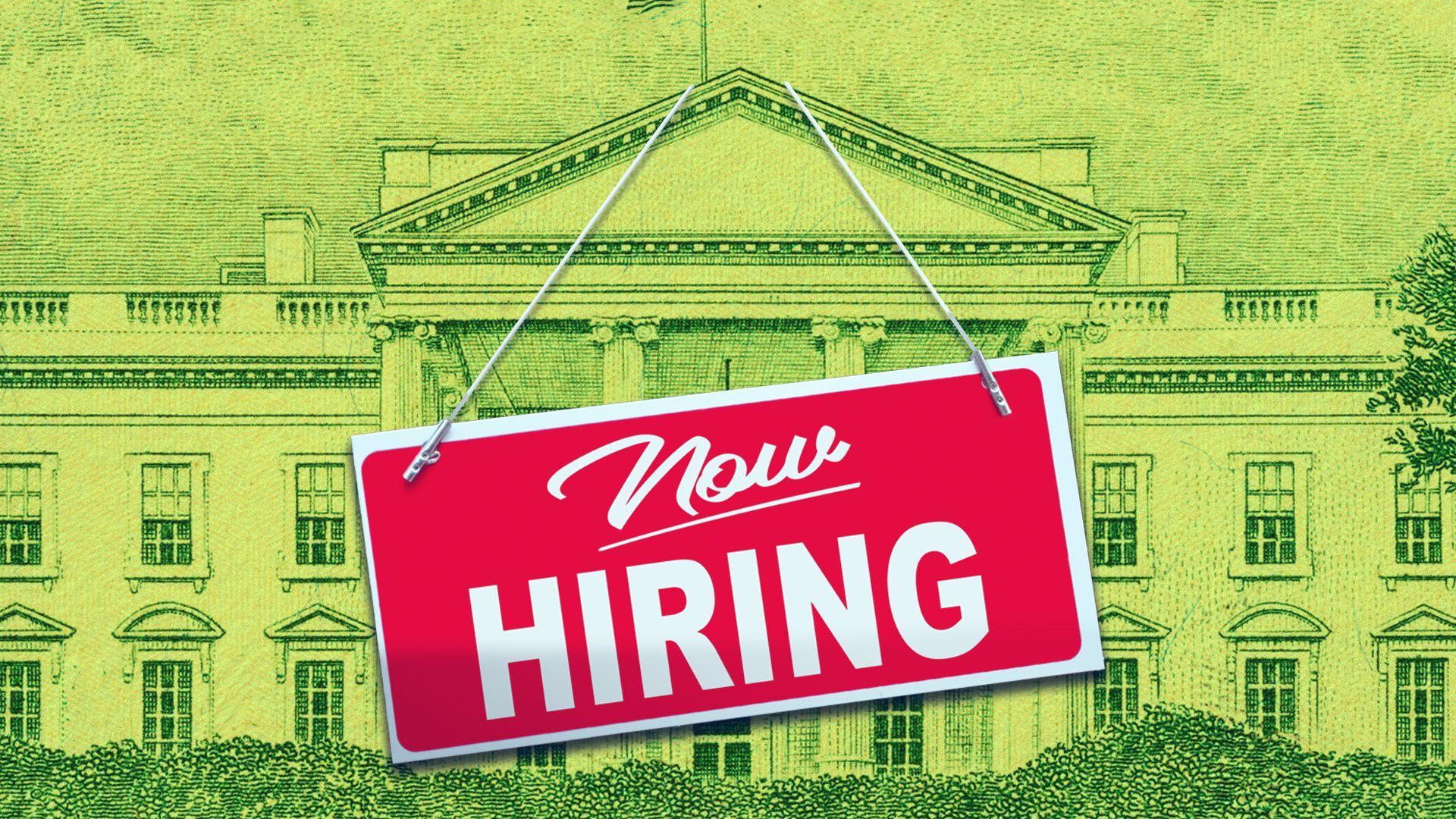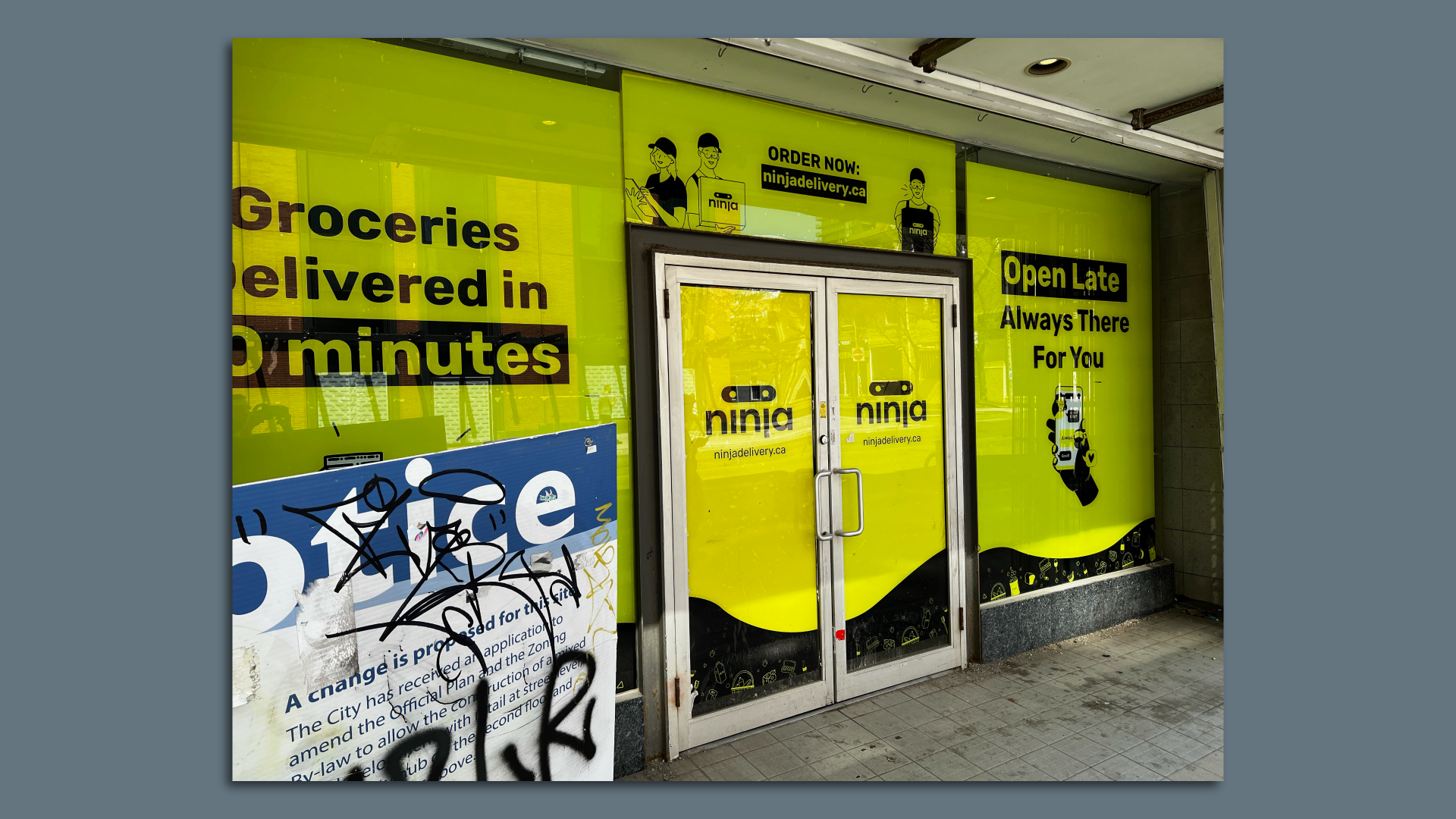| | | | | | | Presented By Deloitte | | | | Axios What's Next | | By Jennifer A. Kingson, Joann Muller and Alex Fitzpatrick · May 19, 2022 | | Good morning! Greetings from the Axios corporate retreat, where members of the far-flung What's Next team are meeting in person in Washington, D.C. - Many thanks to reader Jennifer Jones for flagging Gizmodo's story on NASA sending female bodies to the moon — we couldn't resist writing an Axios take on it.
- Thanks, too, to reader Ali Abdelhamid for sending a photo of "What's Next" in his neighborhood in Toronto.
Today's Smart Brevity count: 959 words ... 3½ minutes. | | | | | | 1 big thing: The FDA considers a "healthy" food label |  | | | Some of the options the FDA is considering for the "healthy" food labels that manufacturers could use. | | | | The Food and Drug Administration is testing designs of a label that food manufacturers could voluntarily put on the front of packages indicating that a product is "healthy," Jennifer A. Kingson writes. Why it matters: The effort is controversial, in part because the meaning of "healthy" continues to evolve. The FDA itself is in the process of updating its definition, which dates back to 1994. - Other concerns are that such a label could be of dubious value, used too liberally by food makers, or seen by consumers as a product endorsement by the FDA.
- Nutritionists make the point that a balanced diet matters more to health than any individual food.
Where it stands: The FDA is conducting two tests with consumers of possible "healthy" food logos, as part of its goal to "improve dietary patterns in the United States, to help reduce the burden of diet-related chronic diseases and advance health equity." - It will conduct an online survey of 2,000 adults who self-identify as primary food shoppers to test the "clarity, relevance, and appeal of a set of symbols," according to the Federal Register.
- It will administer a 15-minute web-based questionnaire to 5,000 adults, who'll be asked to react to proposed "healthy" symbols as applied to several mock products (a breakfast cereal, a frozen meal and canned soup).
Among the goals, the FDA says, are to provide consumers who have an unsophisticated understanding of nutrition with an easy way to make choices in the supermarket — and to coax food manufacturers to improve their products. The other side: Experts who study the efficacy of labeling schemes say that what works best is a mandatory system of warning labels on packaged food that isn't good for you. - In Chile, a stringent law that required warning symbols on foods with excessive fat, sugar, sodium or calories helped improve consumer purchases.
- A law in Mexico requires black octagons on labels of junk food.
- Rather than just evaluating a seal of approval, the FDA should consider a warning symbol as well, says Anna Grummon, a postdoctoral fellow in the Department of Nutrition at the Harvard T.H. Chan School of Public Health.
- "I think it would be really helpful for the FDA to test those systems side by side," she told Axios.
Read the full story. |     | | | | | | 2. NASA will test female dummies in space |  | | | Illustration of the "crew" of the Artemis 1 mission to the moon. Image courtesy of NASA/Lockheed Martin/DLR | | | | NASA's Artemis missions, which aim to send a human crew — including a woman and a person of color — to the moon by 2025, will shoot female dummies into space first to test the effects of radiation on them, Jennifer writes. Why it matters: Artemis is a prelude to sending human astronauts to Mars, NASA says, and "women appear to be at a greater risk of suffering from the harmful effects of space radiation" than men, Gizmodo reports. What's happening: This summer, the first of three planned Artemis missions is expected to launch into orbit — not with humans, but with "two identical 'phantoms' representative of the female body," according to the German Aerospace Center, the NASA partner that developed the mannequins. - The dummies, nicknamed Helga and Zohar, will include "more than 10,000 passive sensors and 34 active radiation detectors," said the German Aerospace Center, or DLR.
- The mannequins will "investigate radiation exposure throughout the flight, which may last up to six weeks."
Details: The German agency says the twin mannequins are "modeled on female bodies" and made from "materials that mimic human bones, soft tissues and organs of adult women." - Helga will fly to the moon unprotected, while Zohar will wear a newly developed radiation vest called the AstroRad.
Keep reading. |     | | | | | | 3. White House prods agencies to focus on skills in hiring |  | | | Illustration: Sarah Grillo/Axios | | | | The Biden administration on Thursday urged federal agencies to rely on job-seekers' skills — rather than their academic degrees — to fill vacancies, according to new guidance shared exclusively with Axios' Margaret Harding McGill. Why it matters: The government is catching up with the private sector's shift to skills-based hiring amid a tight labor market — and, in doing so, opening up jobs to a pool of traditionally overlooked candidates. Driving the news: The Office of Personnel Management released new guidance to agencies to help them implement a skills-based approach to filling jobs. - Skills-based hiring focuses on what jobs candidates can do, relying more on competency-based assessments than educational degrees.
- It is also more inclusive because it makes it easier for people without degrees to show they have the talents necessary to do the work.
By the numbers: According to a March report by LinkedIn, 40% of employers use skills data when hiring through the platform, up 20% compared with a year prior. - Companies that use skills data are 60% more likely to find "a successful hire" than those who do not, the report said.
Of note: A study published in the Harvard Business Review called out Accenture and IBM as examples of IT companies that had whittled back the number of job postings with degree requirements. Share this story. |     | | | | | | A message from Deloitte | | Your metaverse guide | | |  | | | | By the 2030s, the metaverse could play a role in our daily lives. What this means: Executives should start preparing in order to better understand how the metaverse will play a role in the future of business. Here are the actions you can take now. | | | | | | 4. Reader photo of the day |  | | | Photo: Ali Abdelhamid | | | | Ali Abdelhamid writes: "I read an Axios What's Next article the other day about the emerging trend of 'dark stores.'" - "As I was walking downtown Toronto one day, I couldn't help but notice this Ninja dark store. I haven't seen one before, so it was pretty cool to see one right next to where I lived!"
- According to its website, Ninja Delivery of Canada advertises free delivery, in 10 minutes, for orders over $19.99.
Context: Dark stores are an outgrowth of our insatiable demand for speedy delivery, as Erica Pandey reported here. - "In order to make deliveries in just minutes, companies need to dot cities with micro-warehouses," she explained.
- "These 'dark stores,' which take up city real estate but are closed to the public, could turn entire city blocks dark by replacing bodegas and small shops, urbanists Lev Kushner and Greg Lindsay write in Bloomberg."
|     | | | | | | A message from Deloitte | | Ask about the metaverse | | |  | | | | The metaverse has the potential to change the future of business as technology continues to evolve. Looking ahead: Boards should take steps to understand how the metaverse may impact their companies. Here are 10 questions boards should ask about the metaverse. | | | | Was this email forwarded to you? Get your daily dose of What's Next magic by signing up for our free newsletter here. |  | It's called Smart Brevity®. Over 200 orgs use it — in a tool called Axios HQ — to drive productivity with clearer workplace communications. | | | | | | Axios thanks our partners for supporting our newsletters. If you're interested in advertising, learn more here.
Sponsorship has no influence on editorial content. Axios, 3100 Clarendon Blvd, Suite 1300, Arlington VA 22201 | | | You received this email because you signed up for newsletters from Axios.
Change your preferences or unsubscribe here. | | | Was this email forwarded to you?
Sign up now to get Axios in your inbox. | | | | Follow Axios on social media:    | | | | | |









No comments:
Post a Comment